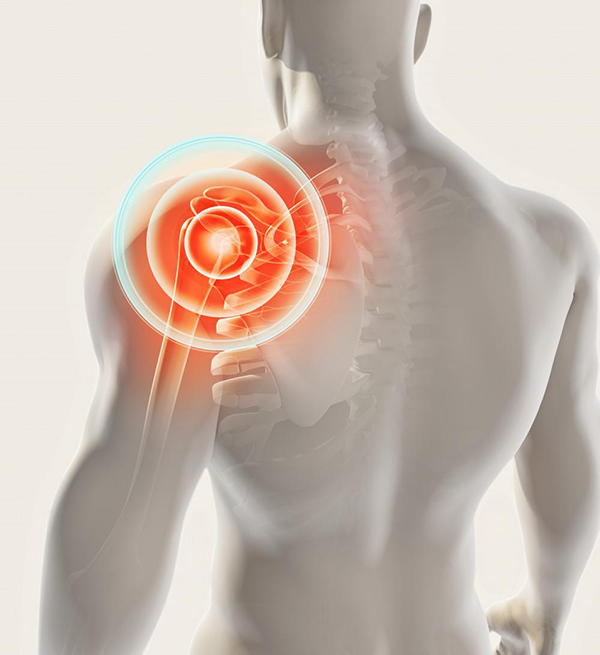
Shoulder pain, or soreness and ailments in other joints, can severely limit your ability to participate in physical activities, in addition to causing nagging discomfort. Some serious injuries may require a standard open shoulder surgery, but many problems can instead be addressed by a less intensive form of surgery known as arthroscopy.
Arthroscopic procedures — used to visualize, diagnose and treat problems within joints — are minimally invasive, especially when compared to open shoulder surgery, according to the American Academy of Orthopaedic Surgeons.
During arthroscopy, the orthopedic surgeon first makes a small incision in the shoulder, or another injured area, and inserts a tiny surgical camera, called an arthroscope, to examine the structures inside the joint. Typically, a regional or general anesthetic is first applied so you do not feel pain throughout the procedure.
The arthroscope is attached to a video monitor in the operating room that allows the surgeon to get a better look at the tissues inside the joint, including the tendons, cartilage, bones, and ligaments, without making the large incision needed for open surgery. With a better visual of the problem area and the extent of the injury, the surgeon can make a more accurate diagnosis and decide what treatment will repair or correct the problem, according to the AAOS.
Originally, arthroscopy was used only as a diagnostic tool, but now many conditions can actually be treated arthroscopically, thanks to improved surgical techniques and instrumentation. If looking to treat a problem or repair damaged tissues during an arthroscopic procedure, the surgeon often has to make a couple more small incisions to insert additional instruments through them, according to Medline Plus, an online publication produced by the United States National Library of Medicine.
When to choose arthroscopic repair
Arthroscopic surgery has become an appropriate procedure for several shoulder-related conditions. You may be a good candidate for arthroscopy if you are seeking the following treatments:
- Removal of bone spurs or treating impingement syndrome
- Treating inflammation around the rotator cuff
- Repair of ligament or cartilage
- Removal or repair of a torn or damaged labrum (cartilage ring)
- Repair of a torn rotator cuff
- Fixing a shoulder dislocation or addressing recurrent shoulder dislocations
- Treating damage or inflammation caused by arthritis or other illness
- Removing loose tissues
In general, arthroscopy is used to address age-related issues, minor injuries, or conditions related to overuse or general wear and tear.
Although less intense than standard surgery, arthroscopic repair still provides a long-term or permanent fix to many shoulder problems. Extreme physical exertion or further injury, however, can aggravate the original problem. For some conditions, the surgeon may use a combination of arthroscopic procedures and open surgery, which gives them direct access to your bones and tissues, according to the AAOS.
What comes next?
Although arthroscopic procedures are less invasive and time-consuming than open shoulder surgeries, the recovery time can still span several weeks. During that time, pain should be minimal to moderate, depending on the complexity of the procedure. The surgeon may prescribe pain medication for the first week or two.
Patients often have to wear a sling for the first couple of weeks of recovery, restricting use of that arm and shoulder. They also should avoid certain strenuous physical activities, such as sports, until cleared to do so by their physician. Additionally, the rehabilitation process often requires physical therapy and approved muscle-training exercises to help strengthen and repair the treated shoulder.
Even if you want to avoid standard open surgery, you do not have to suffer through agonizing or limiting shoulder conditions. Find out how arthroscopy surgery could help alleviate your shoulder pain by contacting Dr. Gombera at Fix My Shoulder in Houston to schedule an appointment, or book a consultation online.




